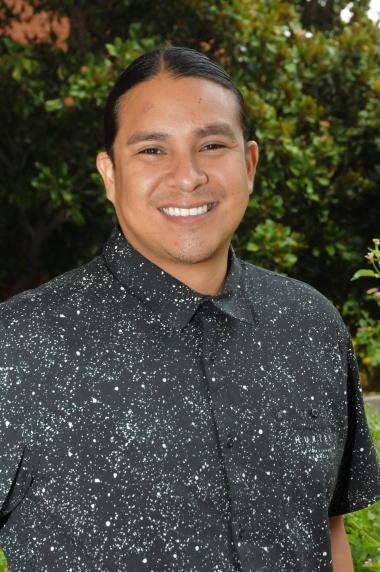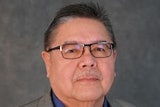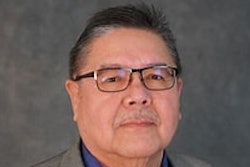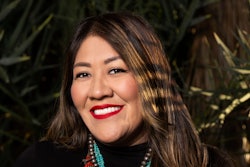By next year, all Michigan public school districts and charter schools will be required to collect specific tribal affiliation data from their students and staff. The data collected will allow for a more accurate accounting of the Indigenous student population and give the Michigan Department of Education (MDE) and the state's 12 federally recognized tribes a chance to see Native American student achievements and graduation rates.
"This is a step forward, in my opinion," said Dr. Jameson David Lopez, an assistant professor of Educational Policy Studies and Practice at the University of Arizona. "I see it as the beginning of being able to create our own educational outcomes based in the value systems of our indigenous communities."
The MDE set aside $3 million to assist Michigan schools with the New Tribal Affiliation Reporting Policy. The new initiative will make schools eligible for federal funds for Native American education.  Dr. Jameson David Lopez, assistant professor of Educational Policy Studies and Practice at the University of Arizona.
Dr. Jameson David Lopez, assistant professor of Educational Policy Studies and Practice at the University of Arizona.
Before this policy, Native American students could designate their race or ethnicity on MDE forms by marking "American Indian or Alaskan Native." Recent state data shows 8,448 American Indian and Alaskan Native students in Michigan public schools in the 2022-2023 school year. Yet a new analysis from the MDE shows that less than a third of the actual figure of Native American students is accounted for. Currently, more than 27,000 tribal-affiliated students estimated to attend school in Michigan.
The analysis estimations are based on students who designated themselves as American Indian and Alaskan Native, along with at least one more race or ethnicity. Those students are then considered "two or more races" for data collection purposes, and the Native American portion is unaccounted for in school reporting.
"State and federal definitions of who is a Native student based on race or ethnicity are often misaligned," said Waquin Preston, tribal state policy associate for the National Indian Education Association, adding that this can result "in differing and confusing student count data and the misidentification of students when they have a diverse racial or ethnic background."
The data from this new policy will allow the state of Michigan to identify and address disparities and inequities faced by Native American communities. It will also provide opportunities for school systems to develop targeted strategies and resources to promote academic success and close achievement gaps.
For Preston, when considering federal funding for Native students, it is contingent on student counts, who noted that the miscounting of students can significantly decrease aid to those who need it most. He added that student count data that is not tribal-specific is not helpful for tribes who wish to create education policies or program decisions for their tribe members.
William Griffey, director of education for the Gun Lake Tribe, said many tribal communities face barriers to education which is why accurate data on specific communities can guide them to better solutions for students to attend higher education.
"Tribal communities' a lot of times come from poverty, and many poverty-stricken neighborhoods just don't have access to much educational opportunities and resources," said Griffey. "And by having this data, tribes can actually help out. We can actually supplement with some of the government programs and be able to connect with our students more and provide services."
According to the Census' American Community Survey, in 2021 among American Indian or Alaskan Native residents aged 25 or over, only 15.4% had earned a bachelor's degree or higher. This number falls short of the national rate of 32.9%. Since the Fall of 2010, Native American enrollment has declined from 196,000 to 123,000, a 37% decrease.
Though it may seem like a small change, Lopez says it is years in the making and vastly critical to the future of Native tribes. Tribal education leaders have long been concerned about incomplete data measuring their children's learning and academic performance. Lopez added that Native people come from different communities with their own traditions, cultural values, and languages. Though they may have similar stories at the end of the day, they are different, and establishing tribal sovereignty is essential for tribal communities to be able to self-govern and enact self-determination, he said.
"We need to base our educational outcomes for Indigenous students based on the values of our Indigenous communities," said Lopez. "So, when I think about beginning to collect tribal affiliation data, I think that's progress towards that. We're going to be able to look at educational outcomes from an indigenous viewpoint."
Veronica Fernandez-Alvarado can be reached at [email protected]















